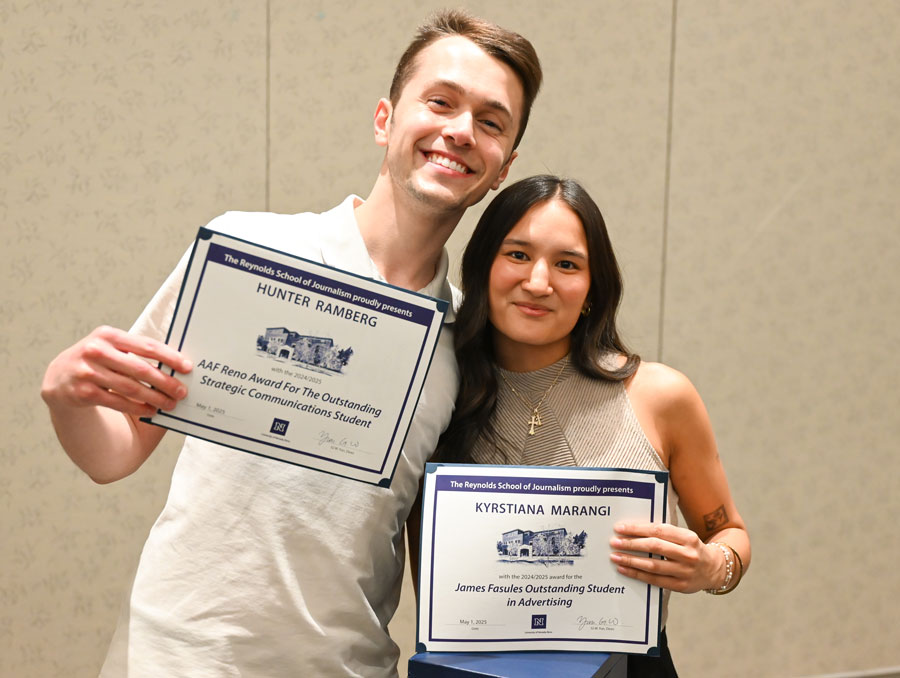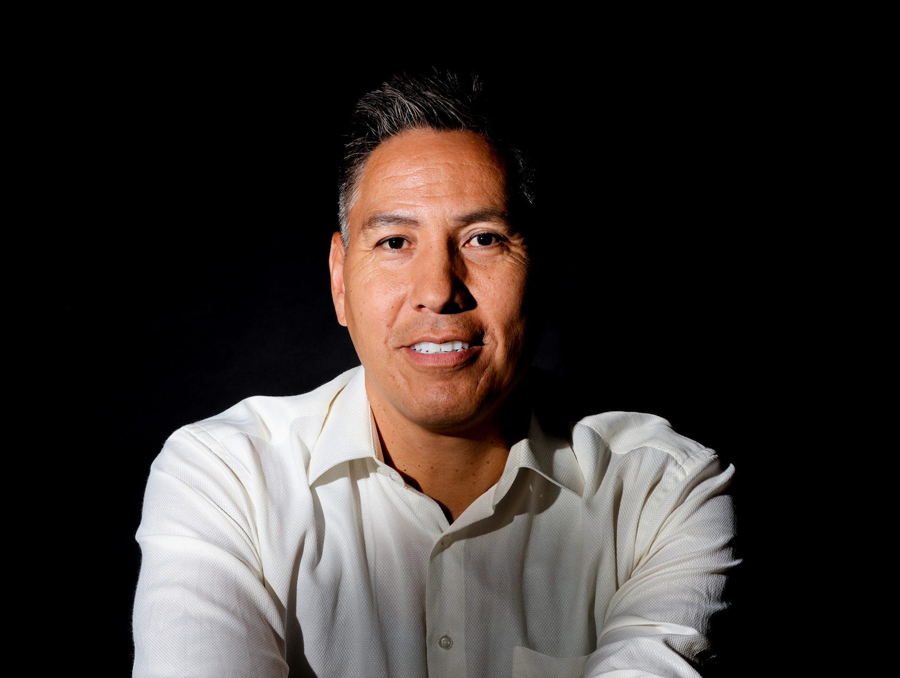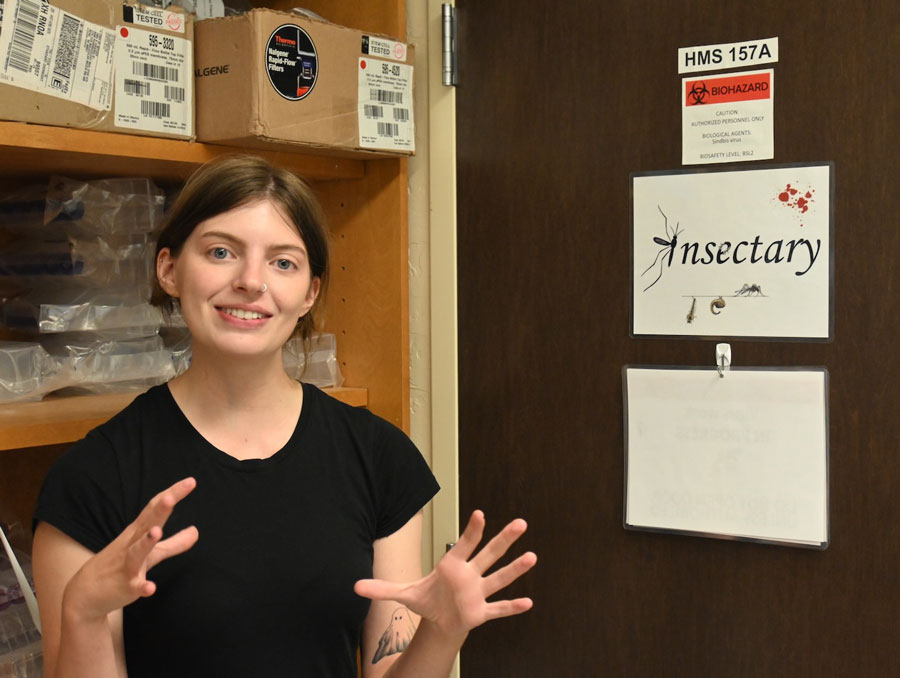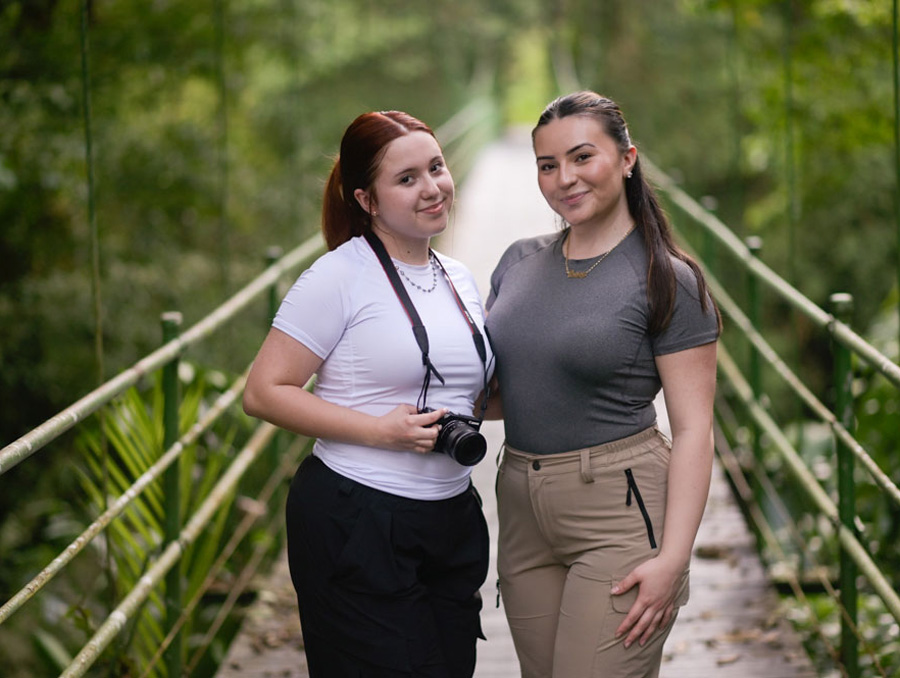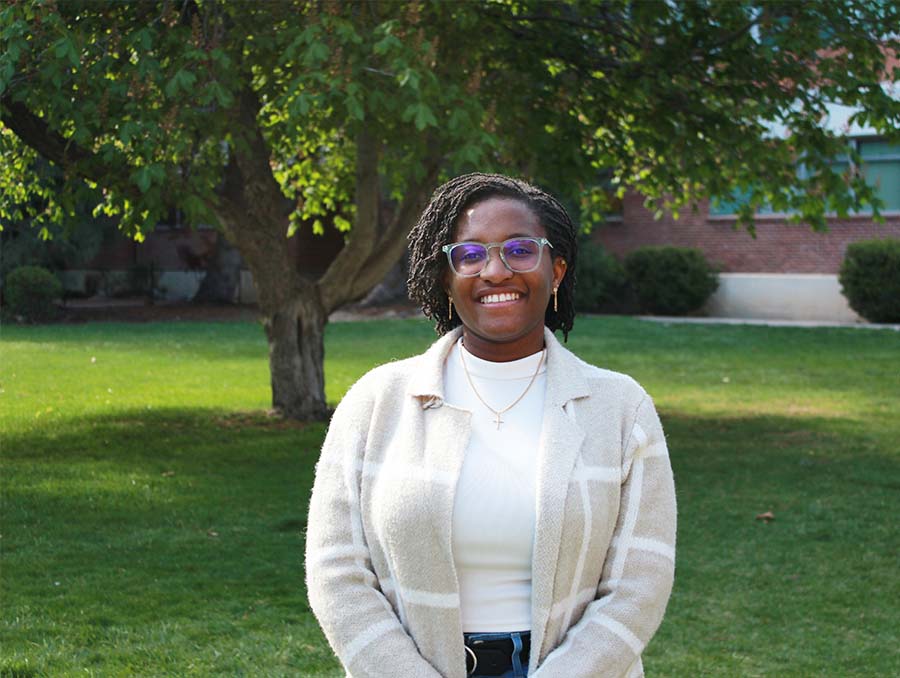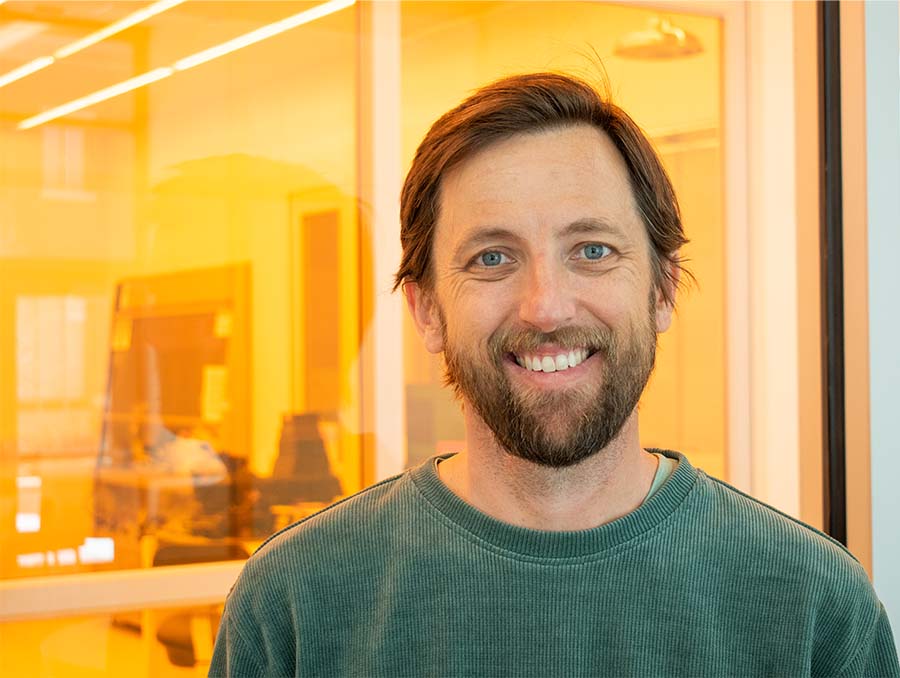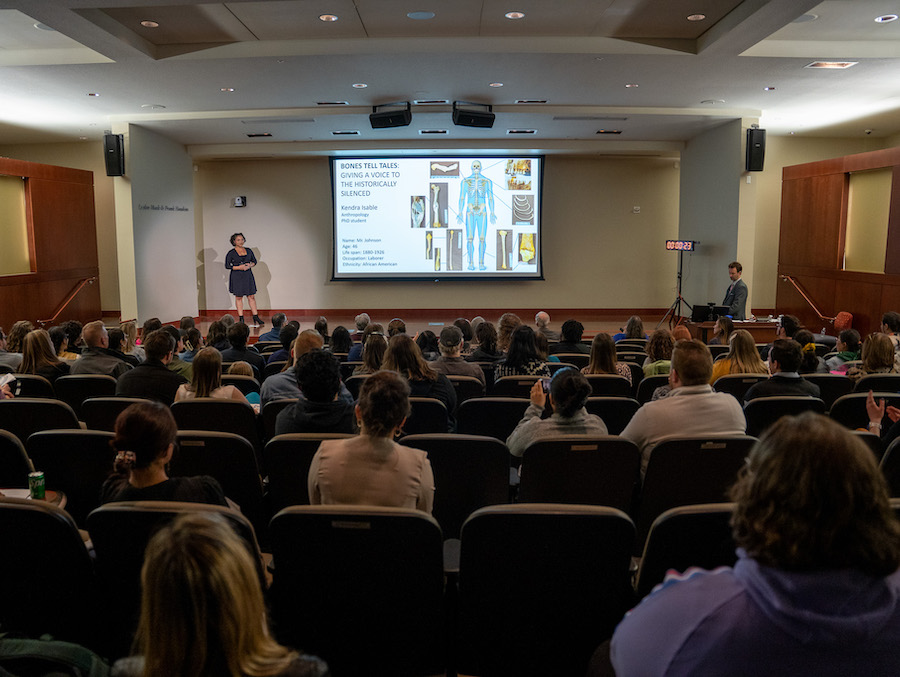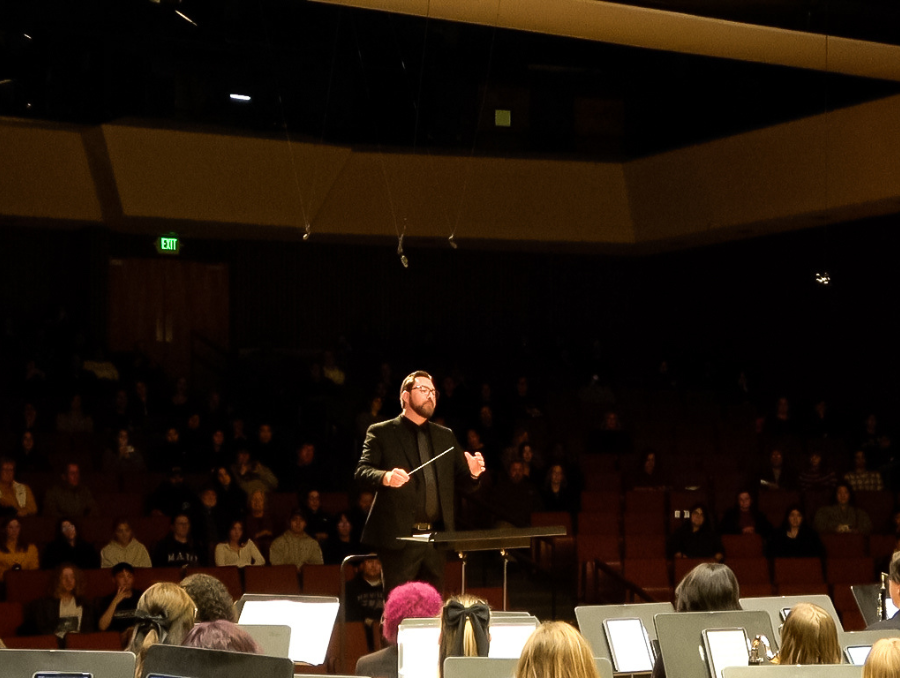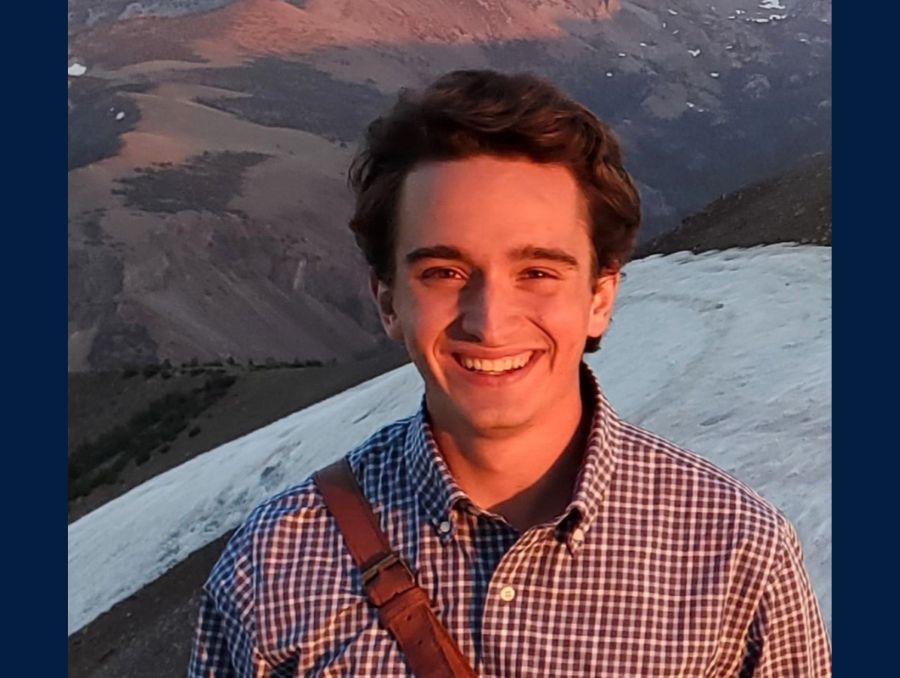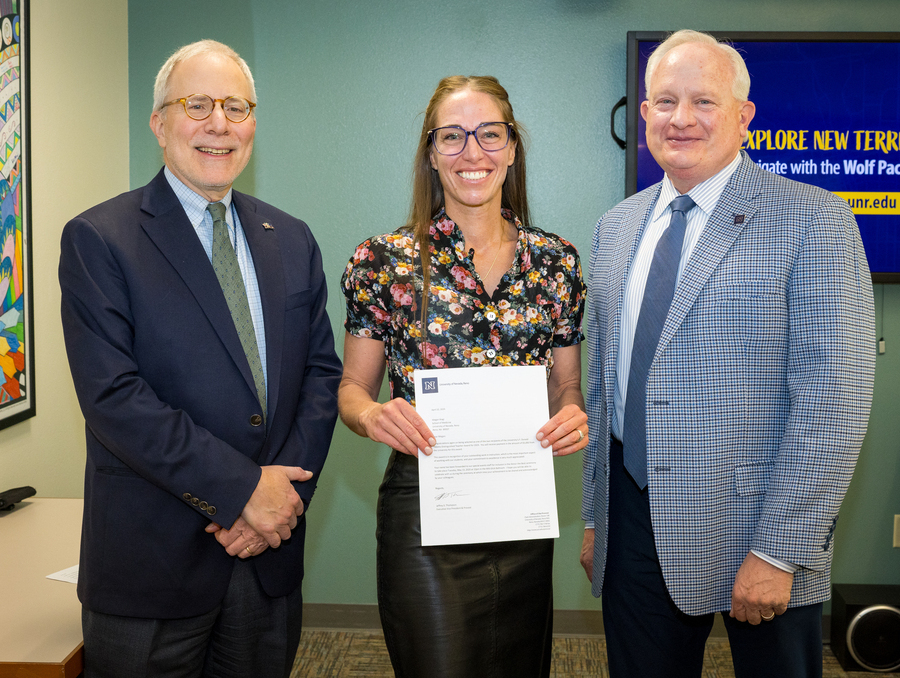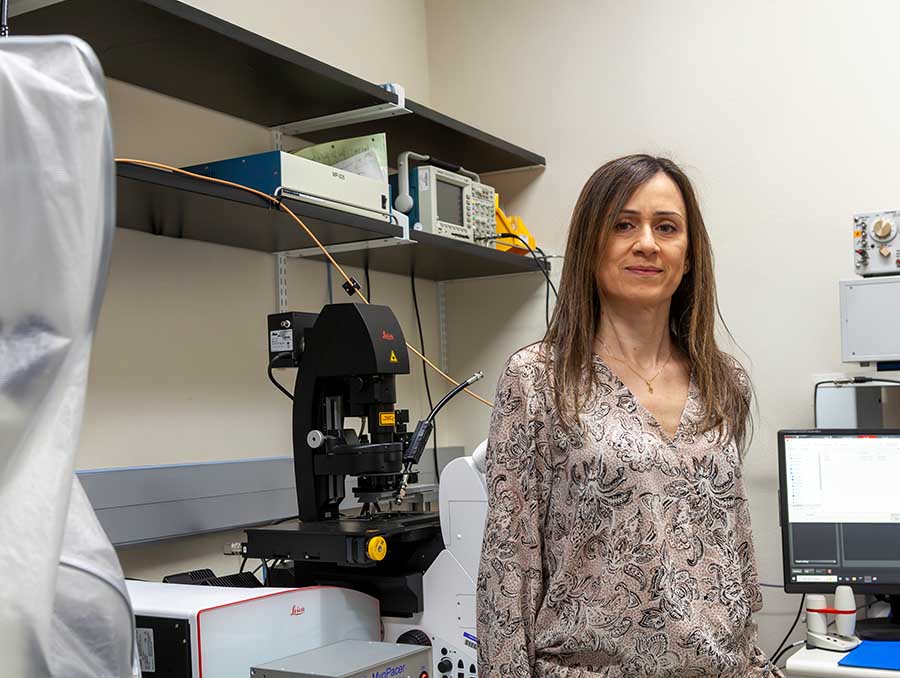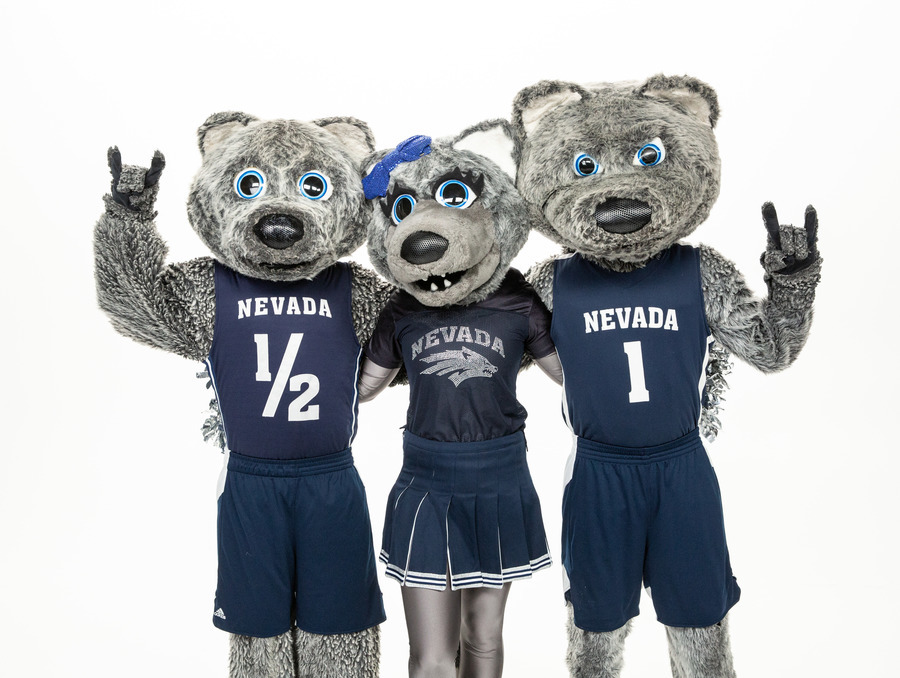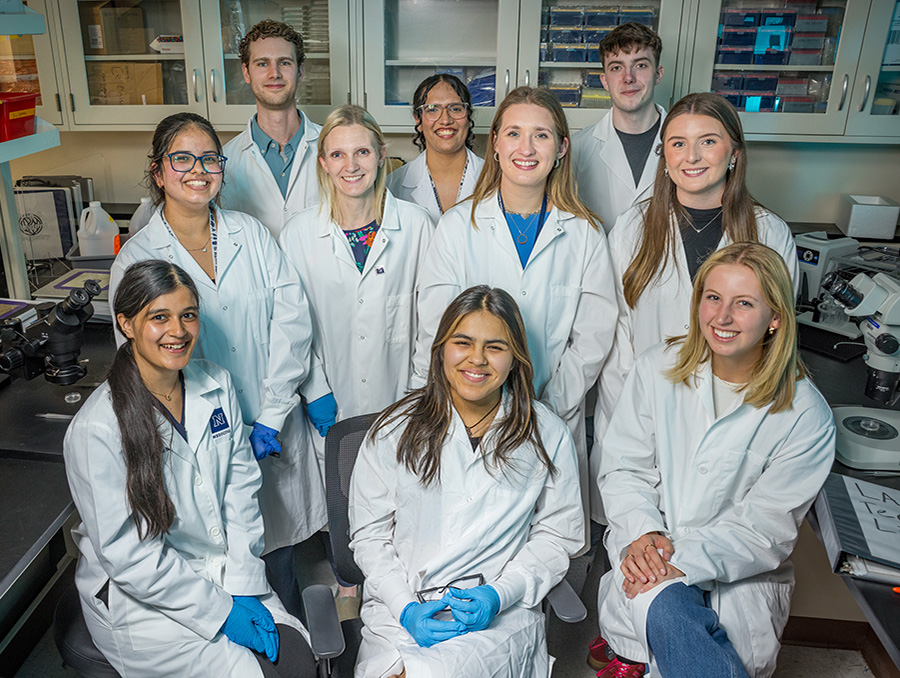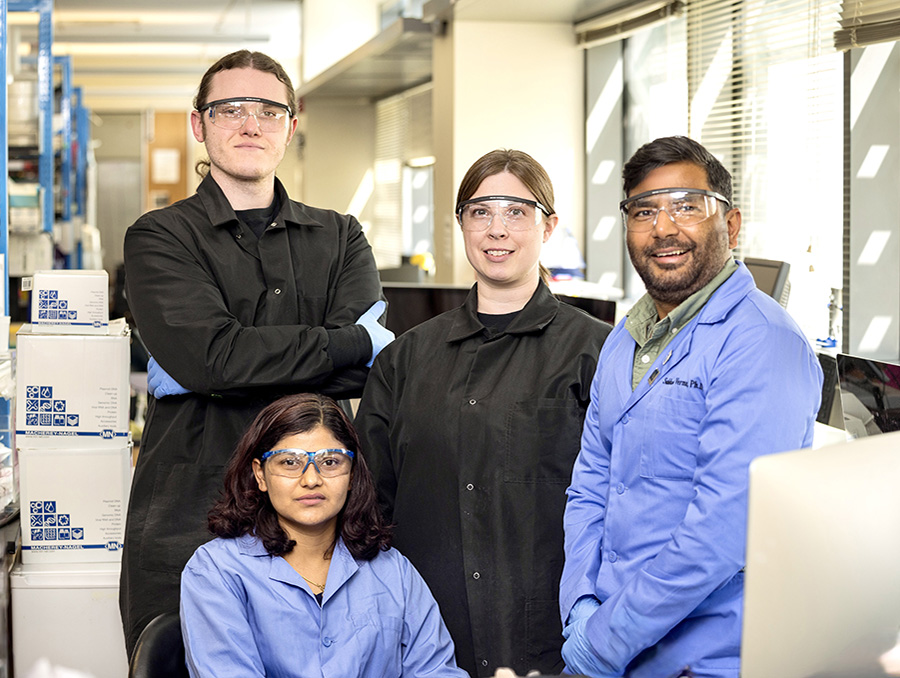On the heels of a winter of record-breaking snowpack in the Tahoe Basin, many are wondering how the spring snowmelt will affect water clarity in Lake Tahoe.
For over 50 years, researchers have been monitoring and tracking water clarity at different spots in the lake on an almost weekly basis. In April, students and faculty from the Reynolds School’s Hitchcock Project for Visualizing Science spent a day on the lake capturing the process of water clarity testing, led by researchers from the UC Davis Tahoe Environmental Research Center (UC Davis TERC).
In partnership with the Tahoe Science Advisory Council, the Hitchcock Project produced an ArcGIS StoryMap entitled “Understanding Lake Tahoe Water Clarity,” giving an in-depth look at Lake Tahoe water clarity, the scientific process, and how this information can be used in the fight against climate change.
“This is exactly the kind of project I’d love for more students to get involved with because we’re dealing with a really important local environmental issue and how we communicate that to the broader public,” said Reynolds School Associate Professor of Practice in Science Communication Kelsey Fitzgerald. Fitzgerald is the faculty advisor and director of the Hitchcock Project. “It was a great way for students to experience some of the challenges that scientists face in communicating technical information to the people that need to use it,” she added.
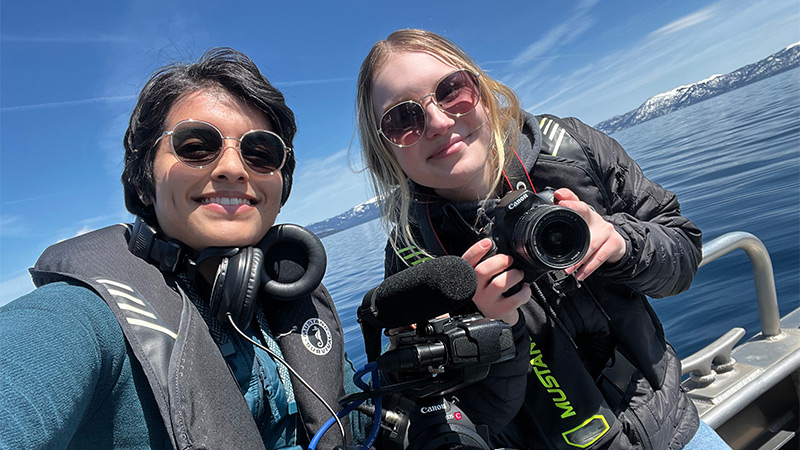
As part of the Reynolds School of Journalism, the Mick Hitchcock, Ph.D., Project for Visualizing Science is an initiative that seeks to teach students how to communicate science effectively and combat misinformation through curriculum and experiential learning opportunities.
During the excursion on the research boat, student reporters Vanesa de la Cruz Pavas and Sydney Peerman conducted interviews with the UC Davis TERC team and captured video footage of Secchi depth readings. This relatively low-tech process uses a 10-inch white Secchi disk that’s lowered into the lake to evaluate clarity.
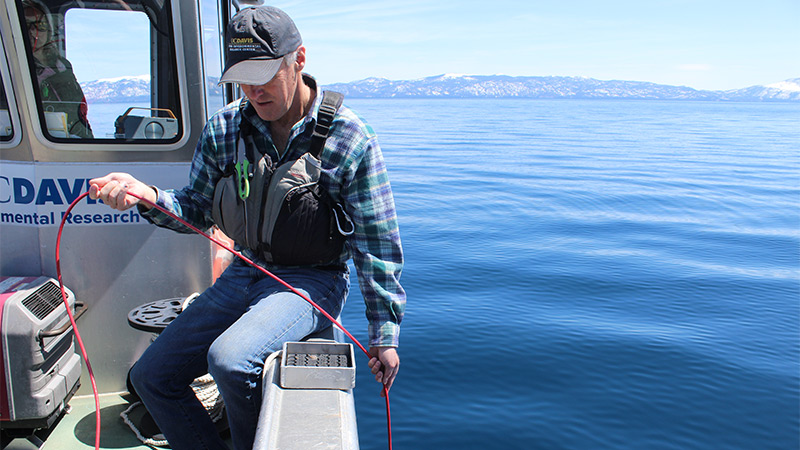
Richie Bednarski, IT manager for the Reynolds School, captured stunning images and videos from above using the school’s drone. The Reynolds School is working to expand its curriculum using drones. Assistant Professor Zeynep Altinay assisted in creating data visualizations for the StoryMap.
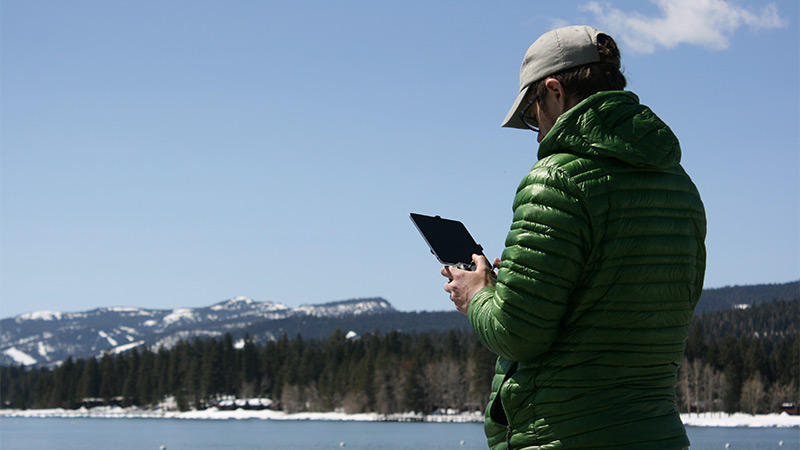
In addition to the water clarity test aboard the TERC vessel, students interviewed scientists of different disciplines from the science council, including University of Nevada, Reno Biology Professor, Sudeep Chandra. All of these interviews, videos, charts, maps, and photography make up the multimedia Storymap, with the goal of translating the technical scientific information into a digestible and approachable form.
“What I love the most about reporting on [environmental] matters is that I get to learn about many different interesting topics,” said Vanesa de la Cruz Pavas, graduate student at the Reynolds School. “One day I want to be an astronomer, and the next day I want to be a geologist, but by being a journalist I can report on all of them and try to make a difference.”
To learn more about the Hitchcock Project, visit their website.
